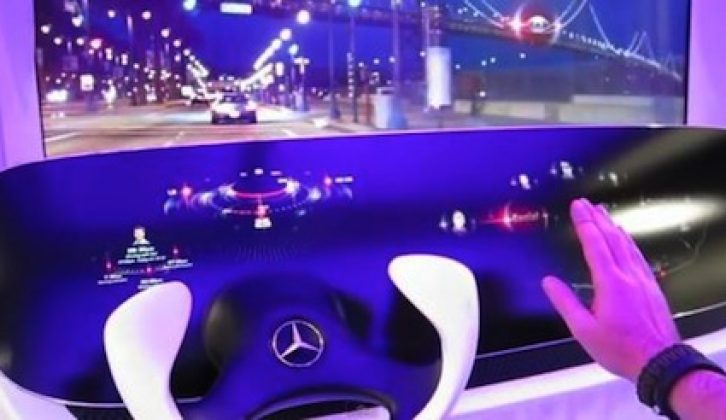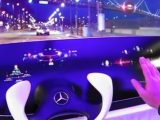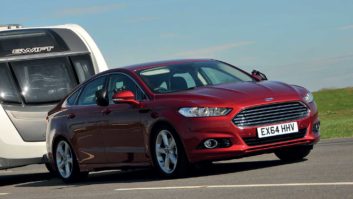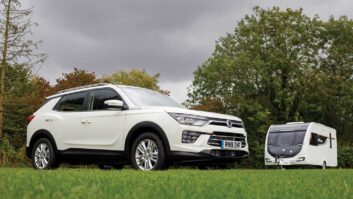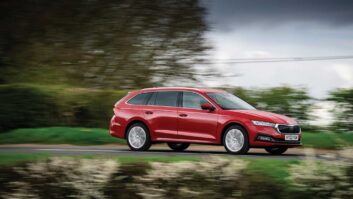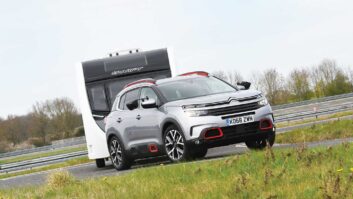[tl:gallery size=440×246]
Some high-end cars use similar ‘HUD’ technology to the helmets worn by fighter pilots to project simple information on to the windscreen, the idea being that the driver doesn’t need to take their eyes off the road to check their current speed or see satnav driving directions.
Mercedes has long offered a simple HUD (Head-Up Display) on some models, but it recently demonstrated a concept at the Consumer Electronics Show in the US that takes the idea still further.
Instead of a traditional dashboard, the Mercedes Dynamic and Intuitive Control Experience — or DICE — uses a large touch-sensitive display (similar to that on an iPad) to show relevant information about the vehicle and the journey.
DICE also turns the windscreen into a touch-sensitive display of sorts, although reaching to open a message from a facebook friend while driving probably isn’t the best idea.
Perhaps more useful is the option for ‘augmented reality’ that can display building names or driving directions so that they appear to float over the actual environment visible through the windscreen.
[tl:movies size=440×253]
General Motors is working on something similar and its Enhanced Vision System can be used to highlight the road to aid driving in poor visibility conditions and even display infrared images to help with driving at night.
[tl:movies size=440×328]
GM’s latest research however, is aimed at passengers rather than drivers. Its ‘Windows of Opportunity’ project uses transparent, touch-sensitive, side-window displays to replace the rear-seat screens commonly used to keep the kids quiet on long journeys.
The window displays can be be used to browse the internet and play games, but the addition of location awareness and — that term again — augmented reality means that passengers can also interact with their environment in different ways. And presumably whatever the windows are displaying isn’t visible from the outside…
[tl:movies size=440×253]
The kind of ‘smart glass’ technology that Mercedes and GM are researching isn’t likely to appear in production cars for some time, but it does give some idea what the car interiors of the future might consist of one day — and it’s a day that probably can’t come to soon for windscreen repairers…
